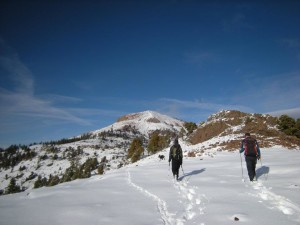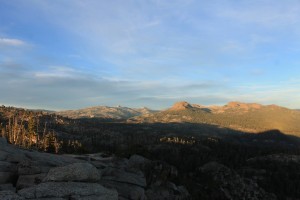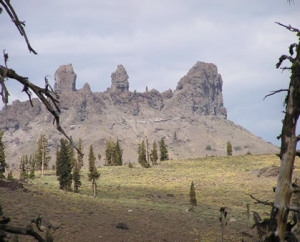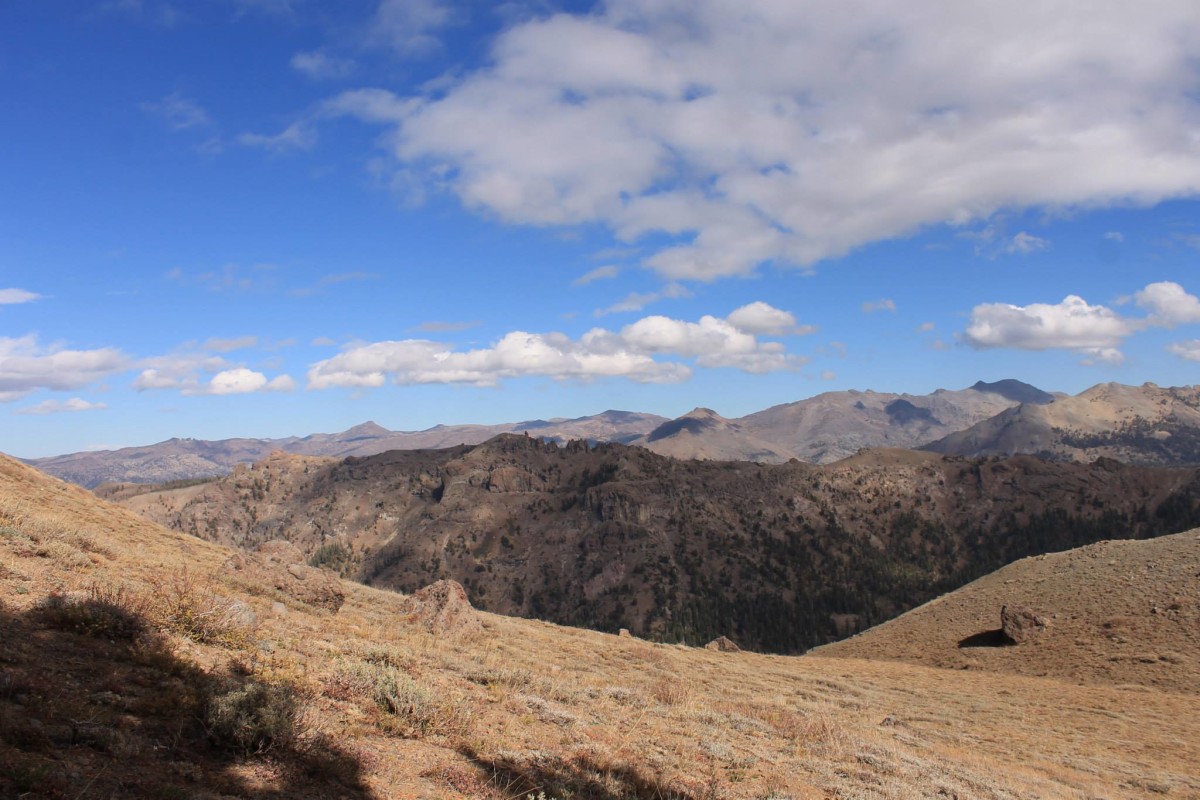
The majority of land in the United States, including much of California, has already been developed and altered by human actions. Thousands of miles of roads across the landscape of our local region and throughout the Sierra Nevada mountains have been constructed to enable widespread logging, mining, dam construction, powerlines, and development. Roads have also severely impacted the local watersheds and facilitated the introduction of non-native invasive plants.
About 5 percent of federally managed land in the United States has been officially preserved as Wilderness.
An equally small percentage of America's public land remains in a wild condition, but without any official long-term protection. Those areas are designated "Roadless Areas." In our local region, many spectacular roadless areas lie within the boundaries of the Stanislaus National Forest. These areas and other local roadless areas contain thousands of acres of near-pristine wildlife habitat, scattered patches of old-growth forests, and outstanding opportunities for recreation, spiritual renewal, and wildlife viewing or wildflower photography.
Currently, the vast majority of local roadless areas do not have strong, mandated protection from the Forest Service.
Court ruling keeps roadless area protections in place
In 2001, the Roadless Area Conservation Rule was adopted after members of the public submitted more than 2 million comments and attended countless public hearings. The Roadless Rule required the U.S. Forest Service to restrict road building, logging, and development within nearly 50 million acres of pristine national forest lands.
The original 2001 rule was struck down in 2005 by the Bush administration, which offered an alternative that allowed states to petition to build roads and do logging on national forest land. Legal challenges to this change kept all but a tiny handful of projects from moving forward.
After years of legal battles in the court, a major decision in October 2011 by the Tenth Circuit Court of Appeals reinforced a previous decision by a federal court in California in 2006. The Tenth Circuit decision affirmed the validity of the Roadless Rule – at least ensuring for some time that the vast majority of roadless areas in national forest lands all across the lower 48 states will continue to stay wild and pristine.
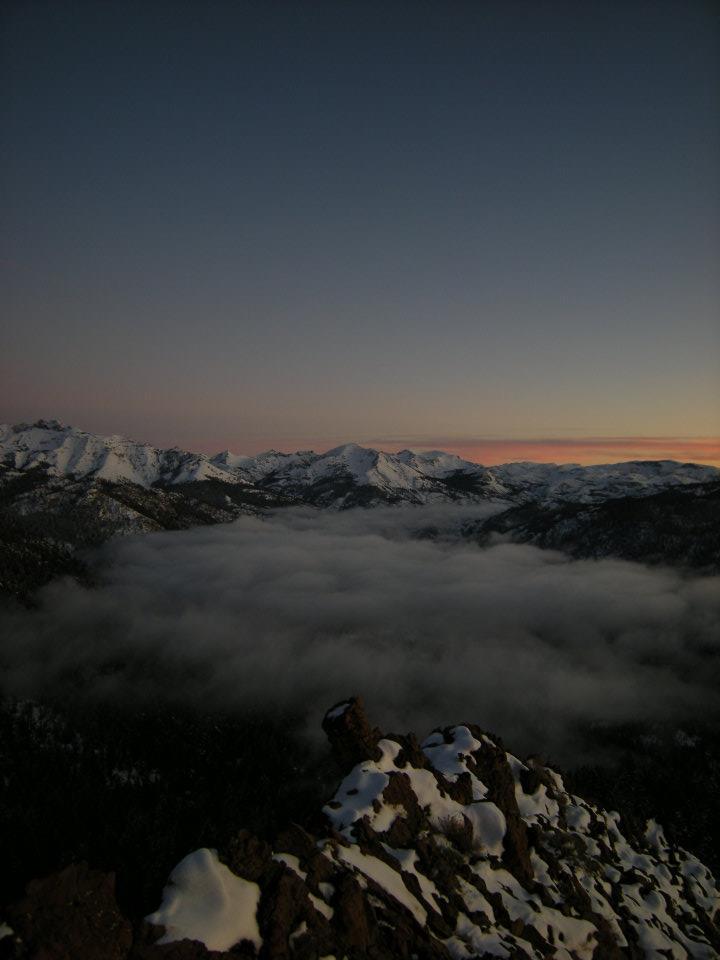
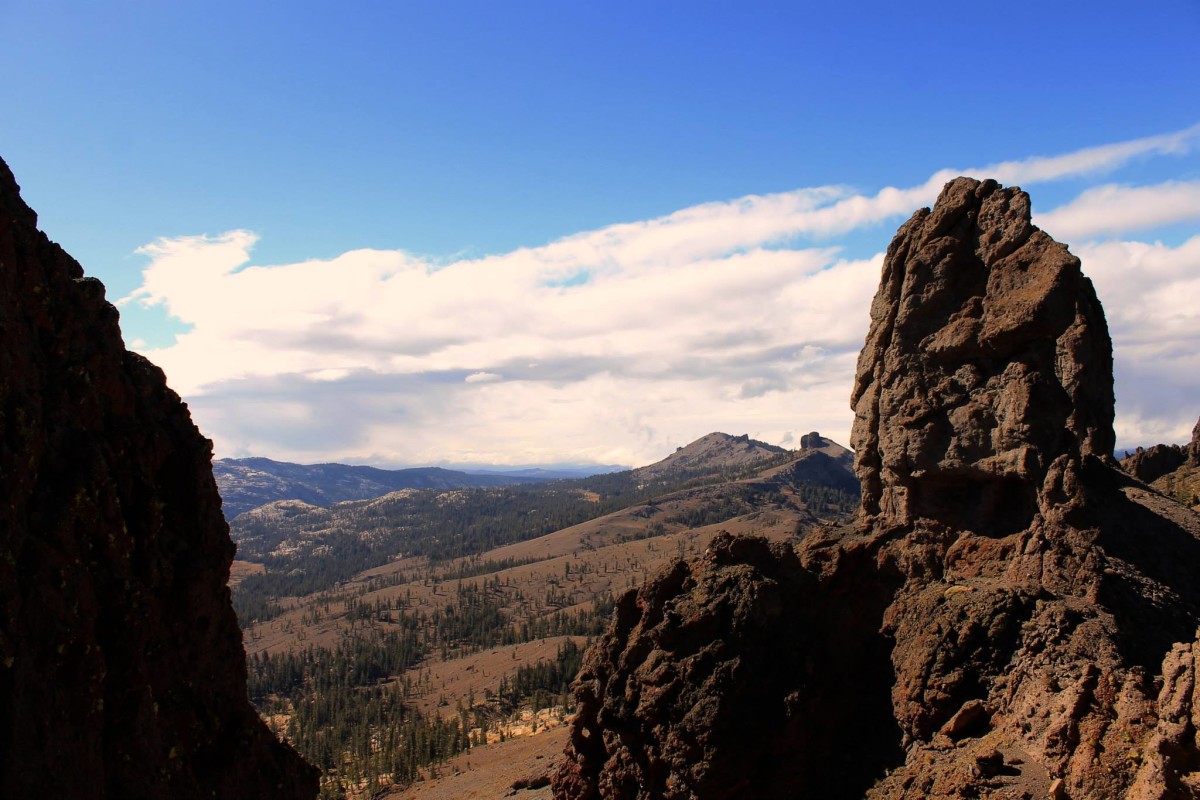
Roadless areas are sanctuaries for people and wildlife
CSERC has worked for many years to keep roadless areas free from development, roads, logging, and other threats. Roadless wild areas can contain all the elements of a healthy, undisturbed ecosystem, including rare plants and animals that may completely disappear in more developed areas. These wild places also provide a spiritual and recreational benefit for countless people who spend all year awaiting their trip into a wild place to reconnect with nature.
The cost of losing roadless areas
The environment and taxpayers suffer the consequences whenever roadless areas are opened to logging and road-building. Preserving roadless areas makes sense from both an economic and environmental perspective.
Constructing timber access roads in previously wild places almost always costs taxpayers significant amounts of money, and it inevitably harms the natural habitat in a wild area. The taxpayer money used to build the roads and administer the timber sales far outweighs the meager job creation or wood products gained. In addition, the Forest Service already has more than 400,000 miles of roads within America's national forests, far more than it can afford to maintain.
We don't need any more roads, but we DO need to preserve the remaining roadless wildlands to help compensate for the natural habitat that has already been destroyed, altered, and degraded. CSERC continues to serve as a strong voice for preserving all local wild areas in their natural state. Natural conditions benefit not only the environment, but also the countless generations of humans to come. Our descendants will experience the immeasurable value, beauty, and delight of wild places if Americans today are vigilant in preserving wild lands.
Roadless areas in our region
Roadless areas in the local national forest offer a wide diversity of scenery and recreational opportunities. These roadless areas range from arid, sparsely vegetated slopes on rocky canyon walls to extremely lush meadows and lake areas within the upper forests. Crestline peaks rise against deep blue skies in the high country, while thundering rivers dominate the canyons of the lower areas. Roadless areas in the Stanislaus National Forest are full of beauty, pristine habitats, and a great variety of wildlife.
Visit these roadless areas in California’s central Sierra
- North Fork Mokelumne Roadless Area lies the furthest north on the North Fork Mokelumne River, along the canyon wall south of Salt Springs reservoir.
- Tryon Peak and Pacific Valley Roadless Areas extend north of the Carson-Iceberg Wilderness.
- North Fork Stanislaus-Shoofly Roadless Area includes two broad stretches of river canyon in the middle and north forks of the Stanislaus River.
- Bald Peak, Night, Eagle, and Waterhouse Roadless Areas are high-elevation rugged wild areas stretching west from the Sonora Pass to upslope of Pinecrest Lake. Each of these roadless areas touch the Emigrant Wilderness.
- Bell Roadless Area lies to the south of Dodge Ridge and includes scenic Bell Meadow and Pine Valley.
- Cherry Bluffs Roadless Area, adjacent to the Emigrant Wilderness, extends north from Cherry Lake to Hells Mountain.
- North Mountain Roadless Area is a prominent ridge that protrudes out from Yosemite Park, high above the Tuolumne River.
- Tuolumne River Roadless Area straddles the wild and scenic river and the arid oak and brush habitat along its canyon.
- Trumbull Roadless Area includes very steep, south-facing slopes of brush, oak, and scattered conifer above the Merced River to the west of Yosemite Park.
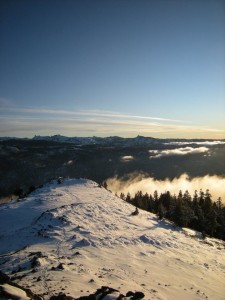
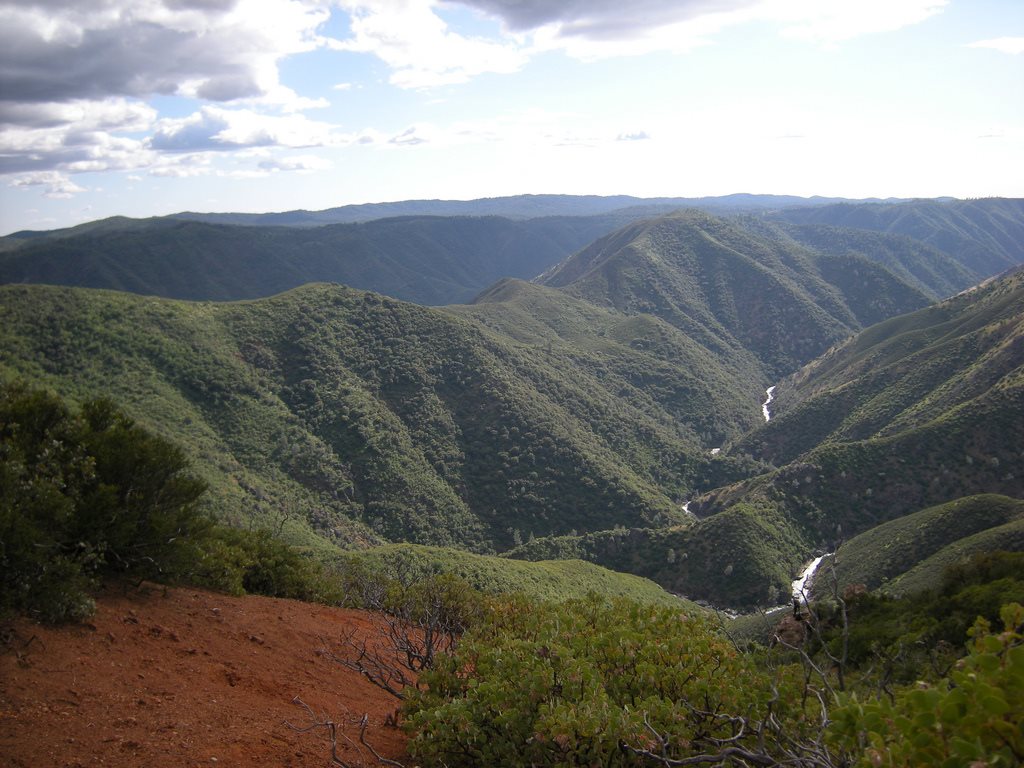
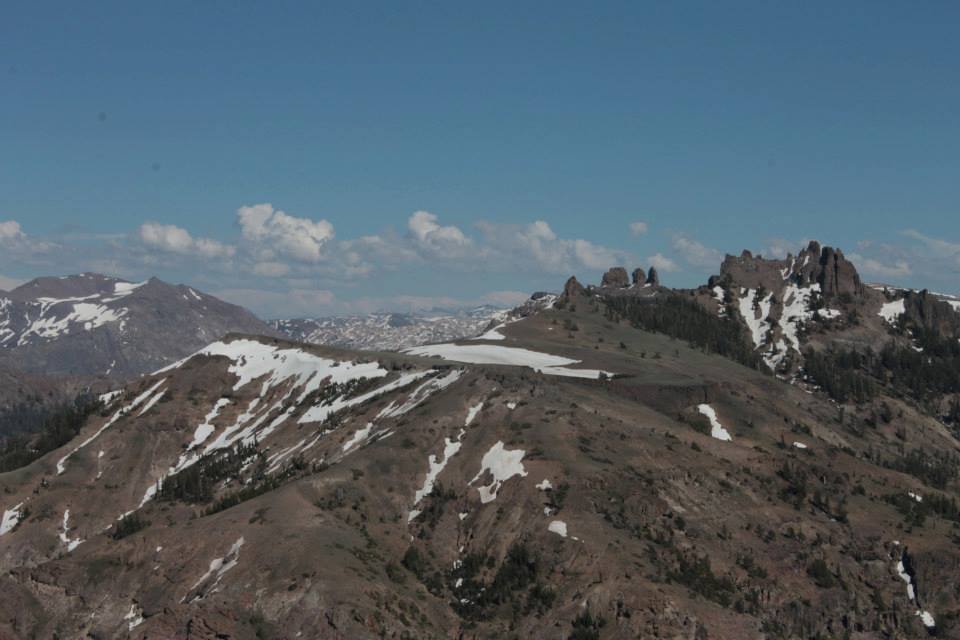
Help preserve roadless areas
If you would like to protect the wildlands of the northern Yosemite and Central Sierra region, we have several ways you can help. Check out our ‘How to Help’-page and find the way that fits your interests best.
When you and others take the time to make your views known, you help CSERC to be more effective in keeping bulldozers, chainsaws, and other nature-altering activities out of the remaining precious wild lands of our local region.
Join CSERC in our mission to preserve pristine gems in our spectacular mountains.


